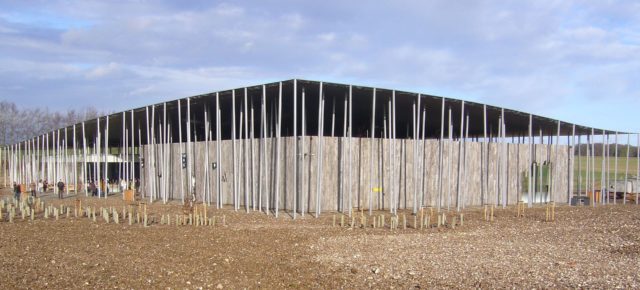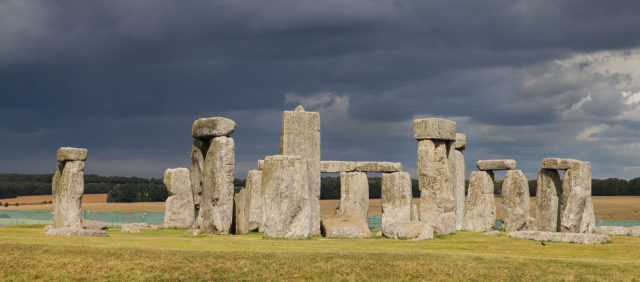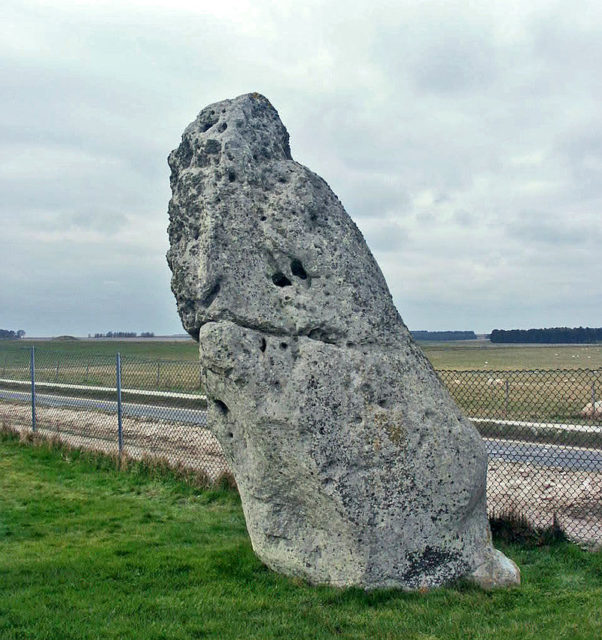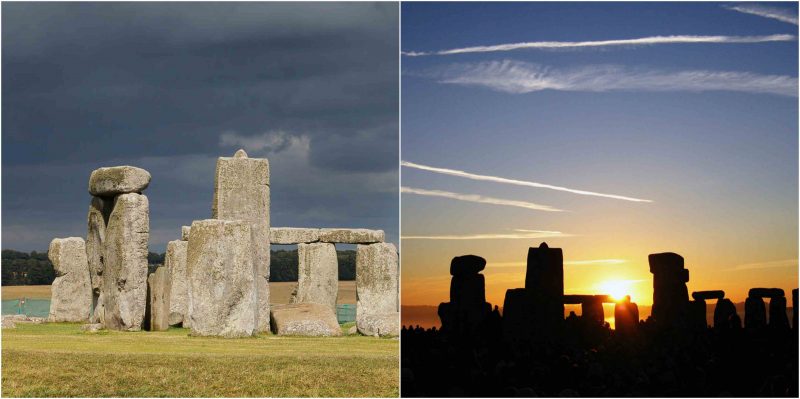Stonehenge has been a huge mystery since it has been discovered. Experts, archaeologists, and historians alike have struggled to explain how those giant stones ended up where they sit today.
Archaeologists believe that they may have a new lead as to how the large stones got to where they are now, and it is a rather interesting theory. It is believed that Stonehenge may have stood as a Welsh tomb that was dismantled and dragged 140 miles to the east to be reassembled once again.

This interesting theory comes from Mike Parker Pearson from the Institute of Archaeology at University College London. He believes that this could put an end to all of the speculation that has been going on for centuries.
Many archaeologists have tried to explain the meaning behind the Neolithic ring of stones that stand in Wiltshire. This site could be one of pagan celebration and is believed to date back to as early as 3,000 BC.
This theory could also help explain the mystery of why the ancient people had brought in the smaller bluestone rocks. Surprisingly, these specific rocks didn’t originate from the English quarries; they came from more than 100 miles away in Pembrokeshire. The largest standing stones at the landmark are made of sarsen, a local sandstone.

Parker Pearson said that the landmark started off as a Welsh tomb. However, when the ancient people moved eastward to England nearly 500 years ago, they brought along their possessions as well as the special stone that was dedicated to the memorial of their loved ones.
This wasn’t a simple matter of loading things into sacks and bags. The belongings were much larger and harder to move; the heavy blocks of stone they were moving were representative of their heritage and ancestry, and would have been deeply important to the tribe.
Stonehenge is more than just stacked stones – it could have also been the site of special significance for the dead. The people had taken their loved ones there to be cremated and taken care of after death.

A team from UCL had been looking at over a half million of bone fragments that had been found at Stonehenge. The team had discovered that about 25 percent of the bone fragments relate to people who lived in the west of Britain. The remainder of the fragments belongs to people who lived in the Salisbury Plain.
Parker Pearson went on to add that Stonehenge may have been one of the largest cemeteries in the entire third millennium BC in Britain.
Just last December, Parker Pearson had dismissed parts of theories that talked about how the stones were brought across to England. In fact, he even told CNN that the ancient people hadn’t used rollers to move the large rocks; that technique had been a Victorian myth.
He and his team of archaeologists believe that the people must have put the large stones on wooden sledges and dragged the pieces. He described it as being like how rail-timbers are dragged.
The number one mystery, yet, is why the Welsh tribes had decided to relocate to England in the first place. The team hopes to find an answer to the question by finding the original Welsh site where the tomb once stood. They plan on making a months-long dig in the near future.

Here is a little history about Stonehenge:
Many people will argue that this landmark is the most famous historical site throughout the world. In fact, the monument had been built in several stages. First, the monument was a henge monument that was built about 5,000 years ago. Then, the stone circle was built in the late Neolithic period during 2500 BC. Then, in the early Bronze Age, many burial mounds were built nearby.
The earliest structures built in that area were four or five pits. Three of those pits had held large, pine totem poles which were erected during the Mesolithic period around 8500 to 7000 BC.
It is still unclear how these posts relate to the stone monument. It is believed that at one point, the area where the monument was built was wide open, making this the perfect place to build such a large, stone monument.
